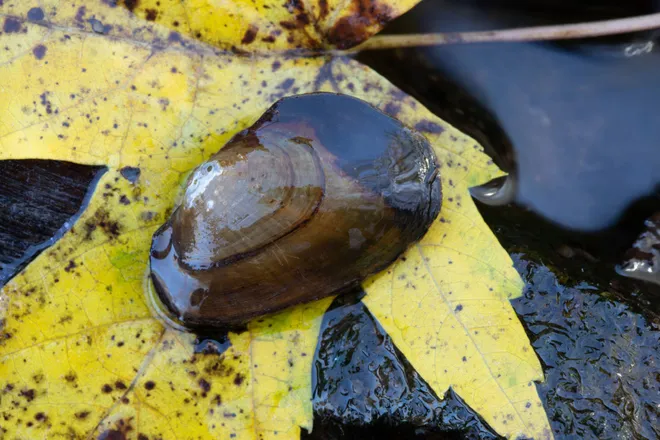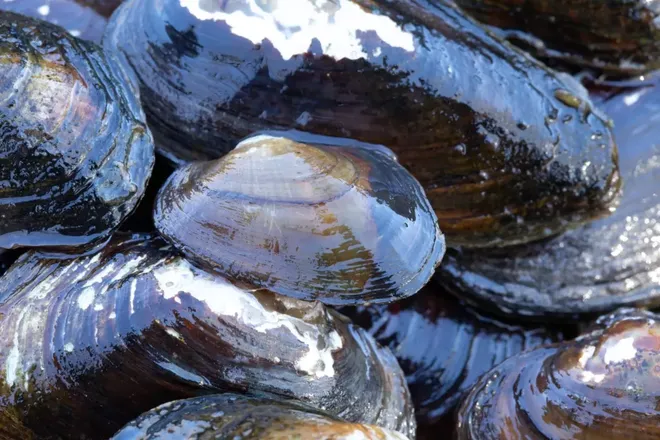Rare freshwater mussel may soon go extinct in these 10 states. Feds propose protection.
The U.S. Fish and Wildlife Service on Tuesday announced it's proposing protections for a rare freshwater mussel historically found in 10 states.
The at-risk green floater is a small freshwater mussel found in small streams and large rivers in the eastern United States, the federal agency reported.
The short-lived green floater is near endangerment due to "the loss, fragmentation, and degradation of its aquatic habitat," the service told USA TODAY.
The agency said it is proposing to list the mussel as threatened under the Endangered Species Act.

What states historically have green floaters?
The mussel is historically native to the District of Columbia and the following 10 states:
- Alabama
- Georgia
- Maryland
- New Jersey
- New York
- North Carolina
- Pennsylvania
- Tennessee
- Virginia
- West Virginia.
As of Tuesday, the green floater could still be found in seven states within its native range: Maryland, New York, North Carolina, Pennsylvania, Tennessee, Virginia and West Virginia.
But wildlife officials said there are no recent records of green floater from New Jersey or D.C., and green floaters were considered eradicated in Alabama and Georgia.
What is a green floater mussel?
The U.S. Fish and Wildlife Service oversees management of endangered species including the green mussel which have ovate trapezoidal shaped shells.
Their shells are yellowish brown or olive green and adults rarely exceed 2.17 inches, according to the North Carolina Wildlife Commission.
The species were first found in Pennsylvania, according to a fact sheet rom the commission, are omnivore and eat microscopic matter including bacteria and algae, the agency said. Their lifespan is three to four years.
Where do you find green floaters?
The fast-growing mussels prefer rivers and streams with slow to medium flows and good water quality.
Green floaters are often found in sand or gravel where they secure a foothold then bury themselves as deep as 15 inches.

"They have limited mobility, and fast-flowing currents or high-water events can cause them to be washed downstream," the agency said. "When they occur in larger streams and rivers, they are found in quieter pools and eddies, away from strong currents."
Click here to view an interactive map of where the mussels are found.
Why are green floaters at-risk?
Green floaters face high risks of declines based on current land-use pattern, the agency said.
"Development, energy production and agriculture have affected the quality of many streams within the species’ range, and increasing drought, intense storms and rising temperatures associated with climate change are projected to further degrade aquatic habitats," the agency wrote in a press release.
The U.S. Fish and Wildlife Service said it is proposing to designate about 1,600 miles of river in eight units now occupied by green floater as critical habitat in these six states:
- Maryland
- New York
- North Carolina
- Pennsylvania
- Virginia
- West Virginia
Natalie Neysa Alund is a senior reporter for USA TODAY. Reach her at nalund@usatoday.com and follow her on Twitter @nataliealund.
Disclaimer: The copyright of this article belongs to the original author. Reposting this article is solely for the purpose of information dissemination and does not constitute any investment advice. If there is any infringement, please contact us immediately. We will make corrections or deletions as necessary. Thank you.





